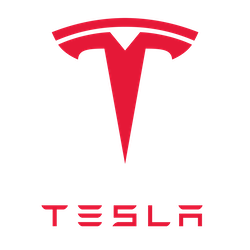
Tesla in Australia has significantly shaped the country’s electric vehicle (EV) and energy sectors. With its cutting-edge technology, environmentally friendly vehicles, and innovative battery solutions, Tesla in Australia has grown rapidly since its initial entry into the market.
Tesla’s Entry into the Australian EV Market
Tesla entered the Australian EV market in 2014 with the launch of its Model S. Before Tesla’s arrival, the Australian electric vehicle market was relatively small, with limited options for consumers. Only a handful of electric vehicles were available, and the charging infrastructure was not as developed. The market was primarily driven by a small number of environmentally-conscious consumers, as traditional combustion engine vehicles dominated the roadways.
Tesla’s entry marked a turning point in the Australian EV market. It brought with it the promise of luxury, performance, and sustainability, all in a single electric car. The company introduced the Model S sedan, followed by the Model X SUV, and later the more affordable Model 3. These vehicles not only appealed to Australia’s growing eco-conscious population but also to those looking for high-performance cars that didn’t compromise on style or technology.
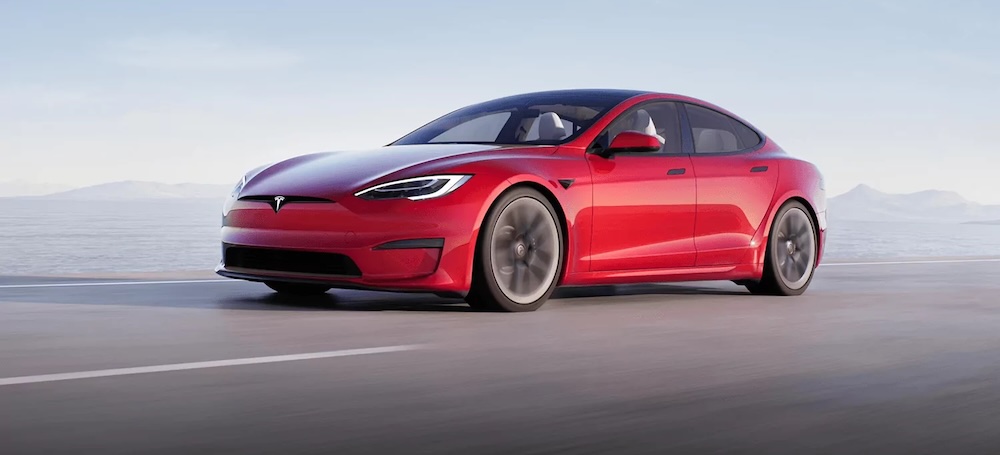
The Australian EV Market Before Tesla
Before Tesla’s arrival, the Australian EV market was relatively underdeveloped. The total number of electric vehicles in Australia was minuscule compared to traditional petrol and diesel cars. In 2014, electric vehicle sales in Australia accounted for less than 1% of the total market. Key players in the early stages of the market included Nissan’s Leaf and the Mitsubishi i-MiEV, both of which were small, affordable electric cars aimed at the city commuter.
Tesla’s entry changed this landscape by introducing vehicles that appealed to a much broader audience. The company’s vehicles offered superior performance, longer driving ranges, and cutting-edge technology, making them more attractive to the general public.
Is Tesla the First Electric Car in Australia?
Tesla was not the first electric car to hit Australian roads. As mentioned, the Nissan Leaf and Mitsubishi i-MiEV were among the first EVs to be sold in Australia. However, Tesla was the first company to introduce a high-performance, luxury electric car to the market on a large scale. Its entry accelerated the adoption of electric vehicles in Australia, positioning it as a leader in the growing EV market.
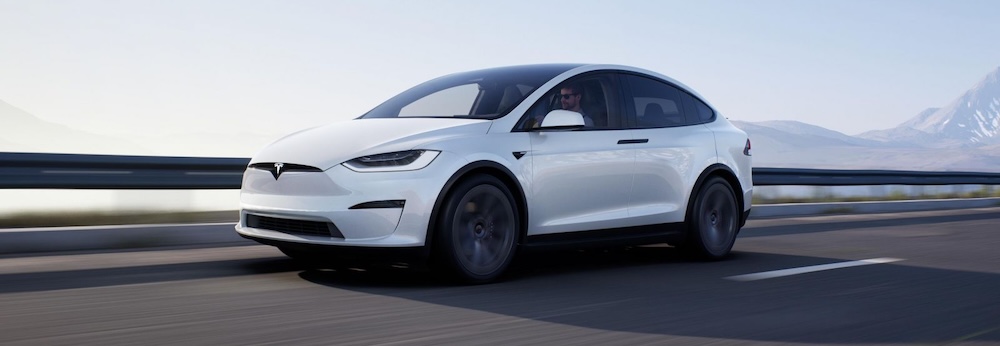
Is Tesla the Biggest Selling Electric Car in Australia?
Tesla is, without a doubt, one of the leading brands in the Australian EV market. The Model 3, in particular, has been a standout performer. In fact, it has been the best-selling electric car in Australia for several years running. Tesla’s combination of performance, range, and innovation has made it the preferred choice for many Australian drivers seeking an electric alternative.
Despite the presence of strong competitors, Tesla’s dominance in the market is clear. As of recent reports, Tesla vehicles make up a significant percentage of the total EV sales in Australia, particularly in the premium electric vehicle segment.
Competitors for Tesla in Australia
While Tesla remains the leader in the Australian EV market, it faces competition from several key players. These include:
- BYD: This Chinese automaker has entered the Australian market with its range of electric vehicles, including the BYD Atto 3 and the BYD Dolphin.
- Polestar: Polestar, a performance electric vehicle brand owned by Volvo and Geely, has also made inroads into the Australian market.
- Audi: The Audi e-tron and Audi Q4 e-tron are gaining popularity among Australian consumers looking for luxury electric cars.
- BMW: BMW’s electric vehicles, including the iX3 and i4, are also competing in the Australian EV market.
However, despite these growing competitors, Tesla’s wide range of models, superior technology, and global brand recognition continue to keep it ahead in Australia.
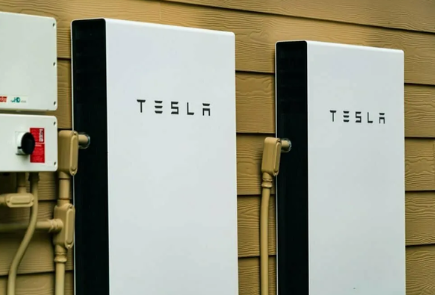
Tesla’s Battery Technology in Australia
Tesla has also been a leader in energy storage solutions in Australia, with its Powerwall and solar products playing a pivotal role in the country’s transition to renewable energy.
When Did Tesla Introduce Their Batteries into Australia?
Tesla introduced its Powerwall home battery system to the Australian market in 2015. This system allows homeowners to store excess energy generated from solar panels for later use, reducing reliance on the grid. Tesla’s battery technology has proven especially popular in Australia, a country known for its abundant sunshine and high electricity costs.
Why Did Tesla Install the World’s Biggest Battery in South Australia?
In 2017, Tesla made headlines when it installed the world’s largest lithium-ion battery in South Australia. The Hornsdale Power Reserve was designed to stabilize the region’s power grid and prevent blackouts. Tesla’s solution was prompted by South Australia’s energy crisis, which had been exacerbated by the closure of a major coal-fired power plant.
The battery, capable of storing 150 MWh of energy, can provide backup power during times of grid instability. Its success has paved the way for further energy storage projects across Australia.
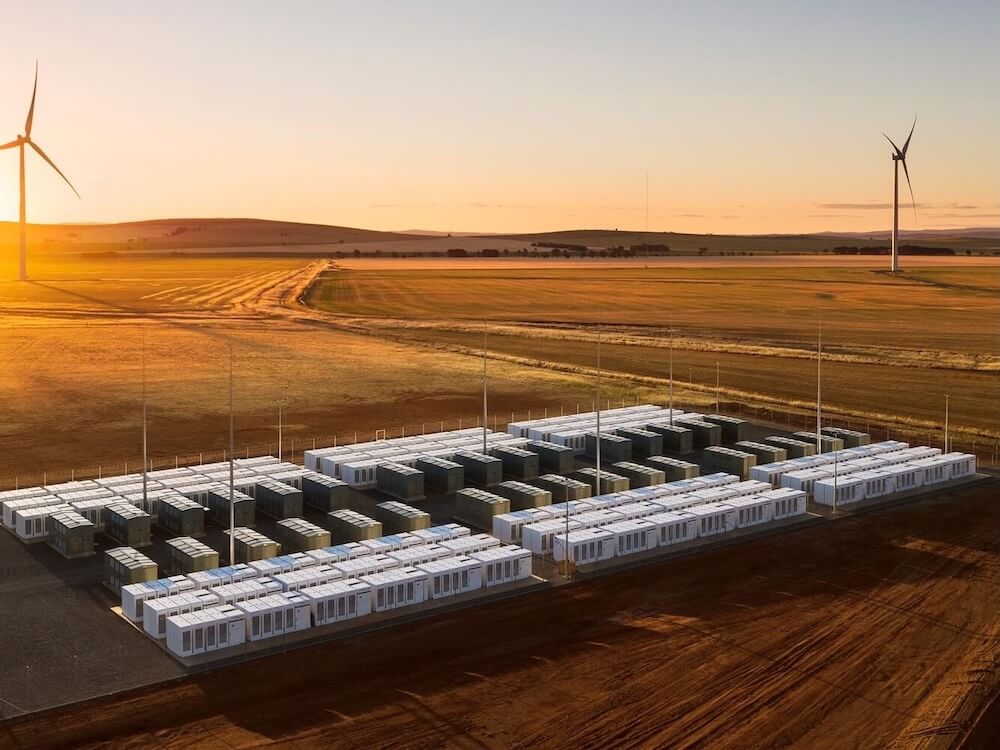
Tesla’s Global Manufacturing and Presence
Tesla manufactures its cars and batteries at multiple facilities worldwide. Its Gigafactory in Shanghai, China, is one of the main production sites for the Model 3 and Model Y. Additionally, Tesla’s Gigafactory in the United States, specifically in Nevada and Texas, produces batteries and other components for its vehicles and energy storage products.
Tesla’s EVs and Their Competitive Edge
Tesla’s vehicles stand out due to their impressive performance, long range, and cutting-edge technology. When compared to other electric vehicles in the market, Tesla cars often outperform many of their competitors in terms of acceleration, range, and features such as Autopilot, Tesla’s semi-autonomous driving system.
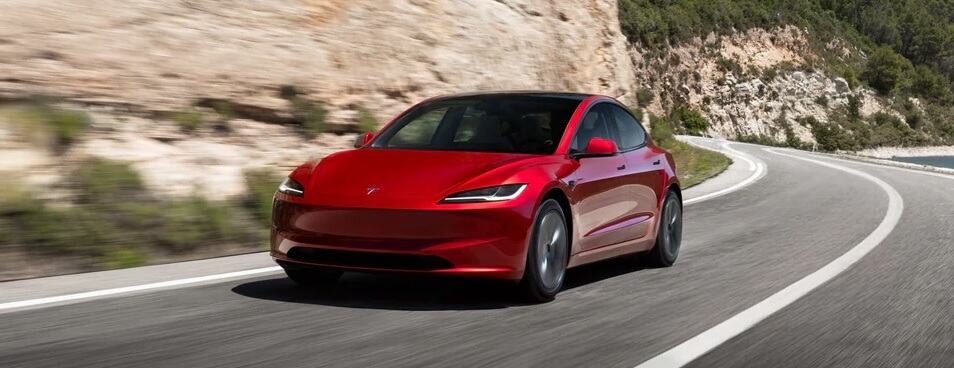
How Much Does It Cost to Charge a Tesla?
Charging a Tesla is relatively inexpensive compared to fueling a petrol vehicle. A 2025 Tesla Model 3 has a battery size of 57.5kWh capable of a range of 513km.
When paying 35c/kWh for electricity, the cost to charge for 513km of range is $20.
When charging with solar energy that would other be exported at 5c/kWh, the cost to charge for 513km of range is $3.45.
Charging at home is generally more affordable than using public chargers.
Can You Charge a Tesla at Home?
Yes, you can charge a Tesla at home using a standard home outlet or a dedicated Tesla Wall Connector. The charging time will vary depending on the outlet and the vehicle’s battery capacity. A faster, dedicated home charging solution will charge your Tesla more quickly.
Does it Cost More to Charge at Home or at a Public Charger?
Charging at home is generally cheaper than using public charging stations. Charging costs vary depending on the location and the electricity provider. It also changed depending on the time of day. At some public chargers, it costs more to charge your car at peak times such as 5pm.
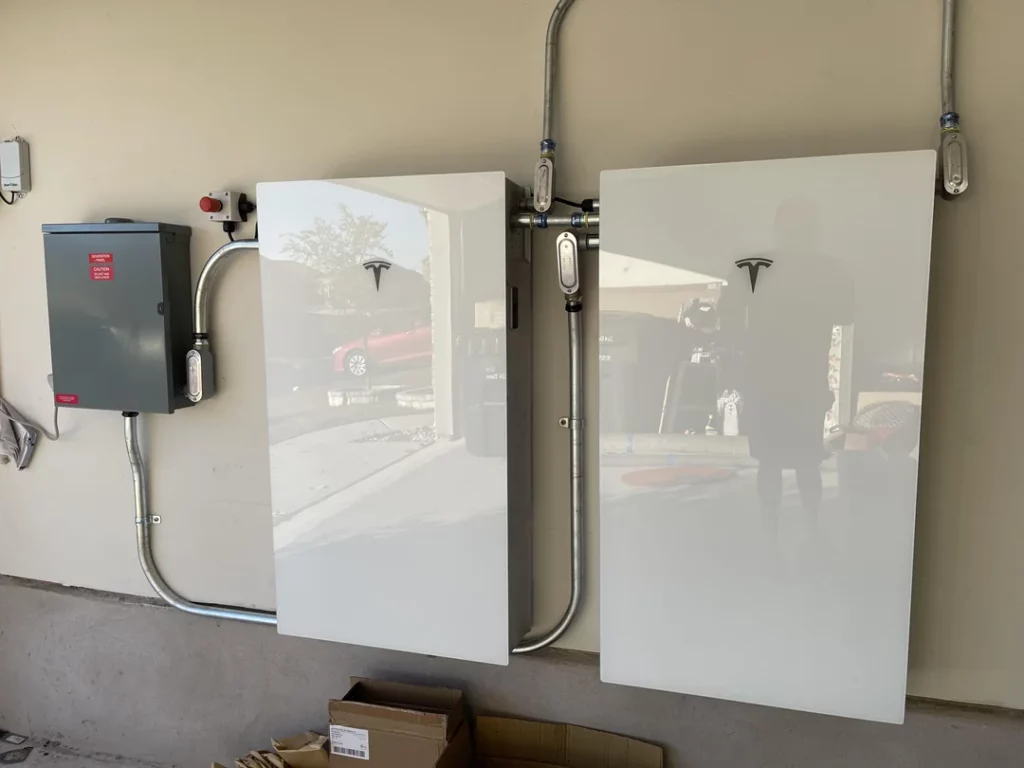
Should You Get a Tesla Car and Powerwall?
Pairing a Tesla vehicle with a Tesla Powerwall could be an excellent choice for Australian homeowners looking to maximize energy savings and reduce their carbon footprint. Solar energy, when paired with a home battery, can significantly reduce electricity costs, and a Tesla EV provides a clean, efficient mode of transportation.
Tesla’s Product Range in Australia
In Australia, Tesla offers a range of models, including:
- Model S: A luxury sedan with top-tier performance and range.
- Model 3: A more affordable, compact electric sedan.
- Model X: A luxury SUV with impressive range and technology.
- Model Y: A compact SUV that combines performance, technology, and sustainability.
Conclusion
Tesla in Australia has proven itself to be a major player in the electric vehicle and energy markets. From introducing high-performance electric cars to revolutionizing the energy storage sector, Tesla has changed the way Australians think about transportation and energy consumption. As the Australian market continues to embrace EVs and renewable energy, Tesla’s presence is likely to grow even stronger in the coming years.